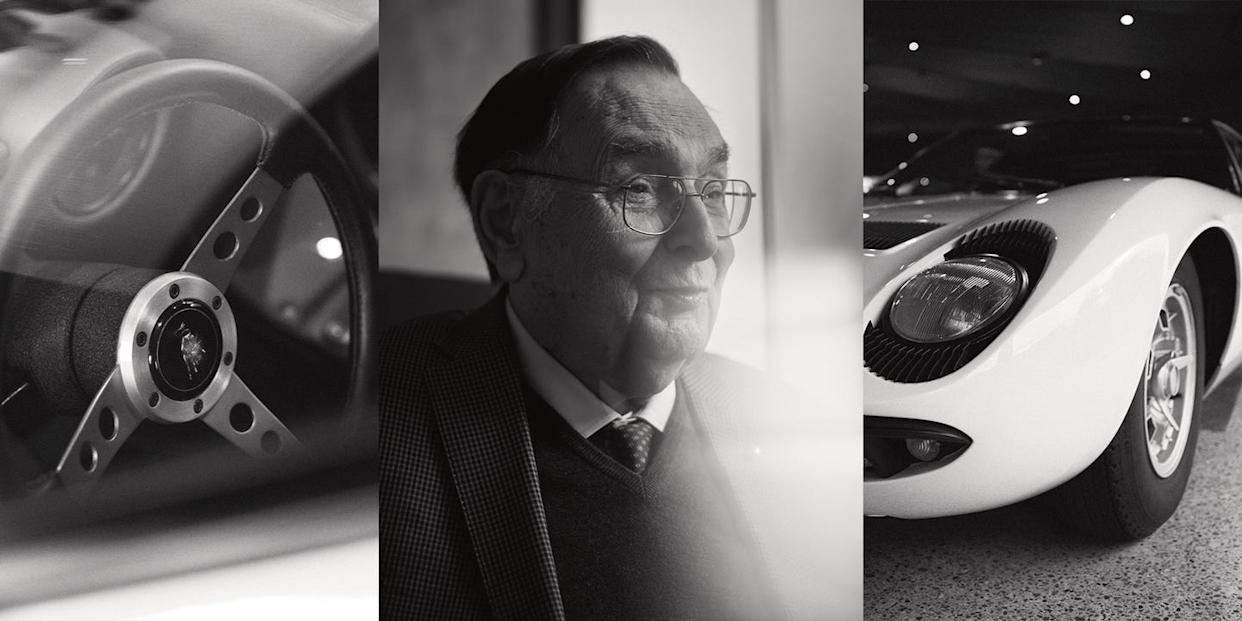

Giampaolo Dallara does not behave like a piece of history. The 88-year-old founder and president of the eponymous Italian motorsport business, talking in his office at the company’s headquarters, possesses both a genial charm and what is clearly still a sharp mind. Yet the passage of time has left him as one of few remaining links to a very different past, when a single young engineer could wholly change the automotive world.
This story originally appeared in Volume 30 of Road & Track.
Dallara got off to a brilliant start in his career, doing aerodynamic and wind-tunnel work for Ferrari before he had even left college in Milan. This led to a full-time job working under the legendary Carlo Chiti starting in 1959. But Dallara soon chafed at the office-based life of a junior engineer, with most of his time spent crunching numbers. “I wanted to go racing,” he remembers. “At Ferrari, you didn’t do that until you had experience.” So he defected to Maserati after barely a year at the Scuderia, despite his father’s efforts—at Enzo’s urging—to talk him out of it.
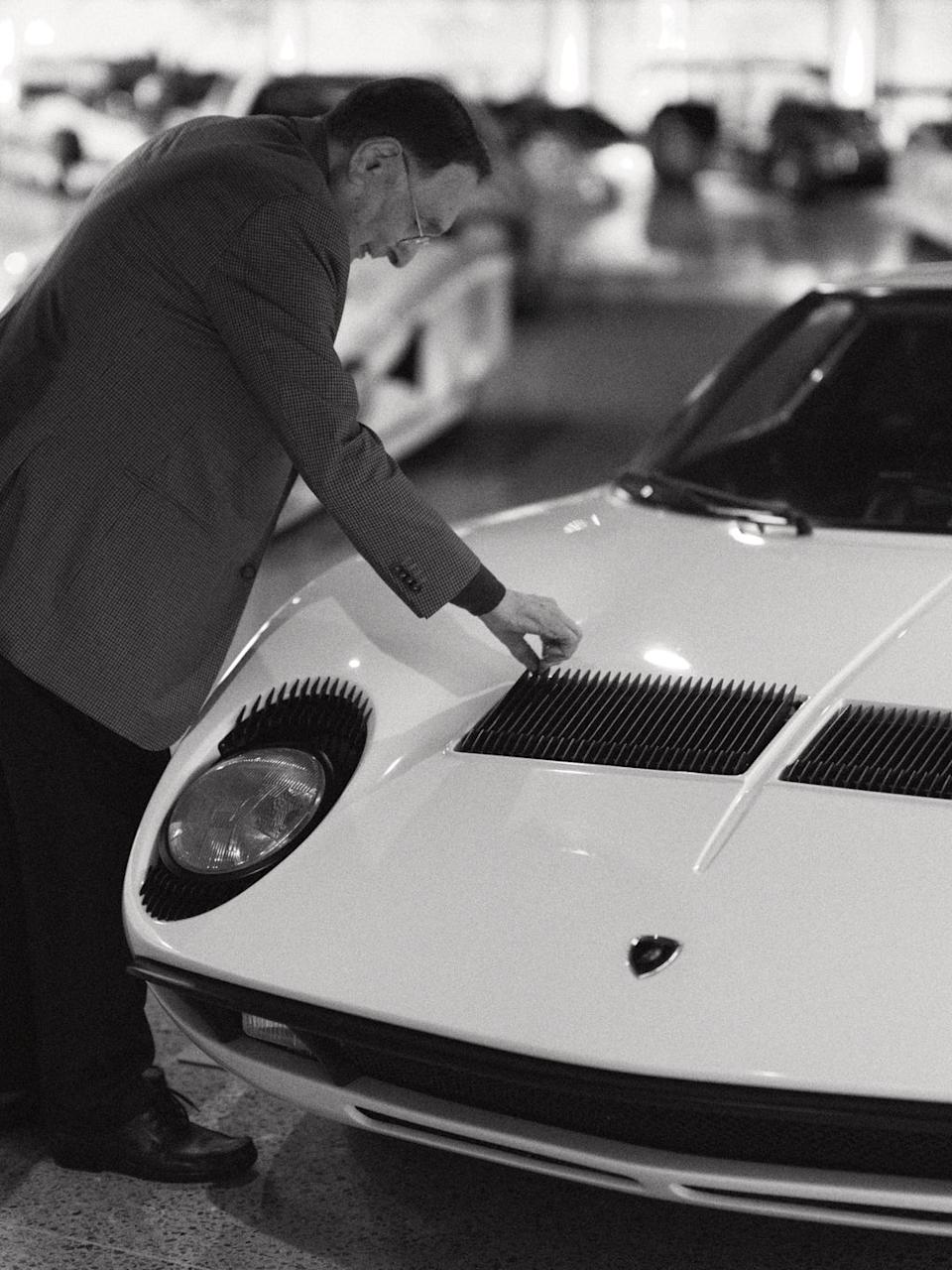
Although Maserati’s glory days had long since passed, Dallara did get to indulge his passion for motorsport. One highlight he recalls was the 1962 Sebring 12 Hours, after his first-ever trip on an aircraft, when a Cooper-Maserati finished in fifth place (it was piloted by Bruce McLaren and Roger Penske, two other famous names who would found their own automotive dynasties). But as Maserati lurched between crises, the money for racing ran out. In need of a new employer, Dallara took an offer from Ferruccio Lamborghini, whose company was just starting the journey from tractor manufacturer to carmaker.
“My first question was, ‘Will you go racing?’ And Lamborghini said yes,” Dallara remembers. “I even went to see the 24 Hours of Le Mans, because the plan was that we would compete. But as soon as I started, there was so much to do that we had no time to think about racing.”
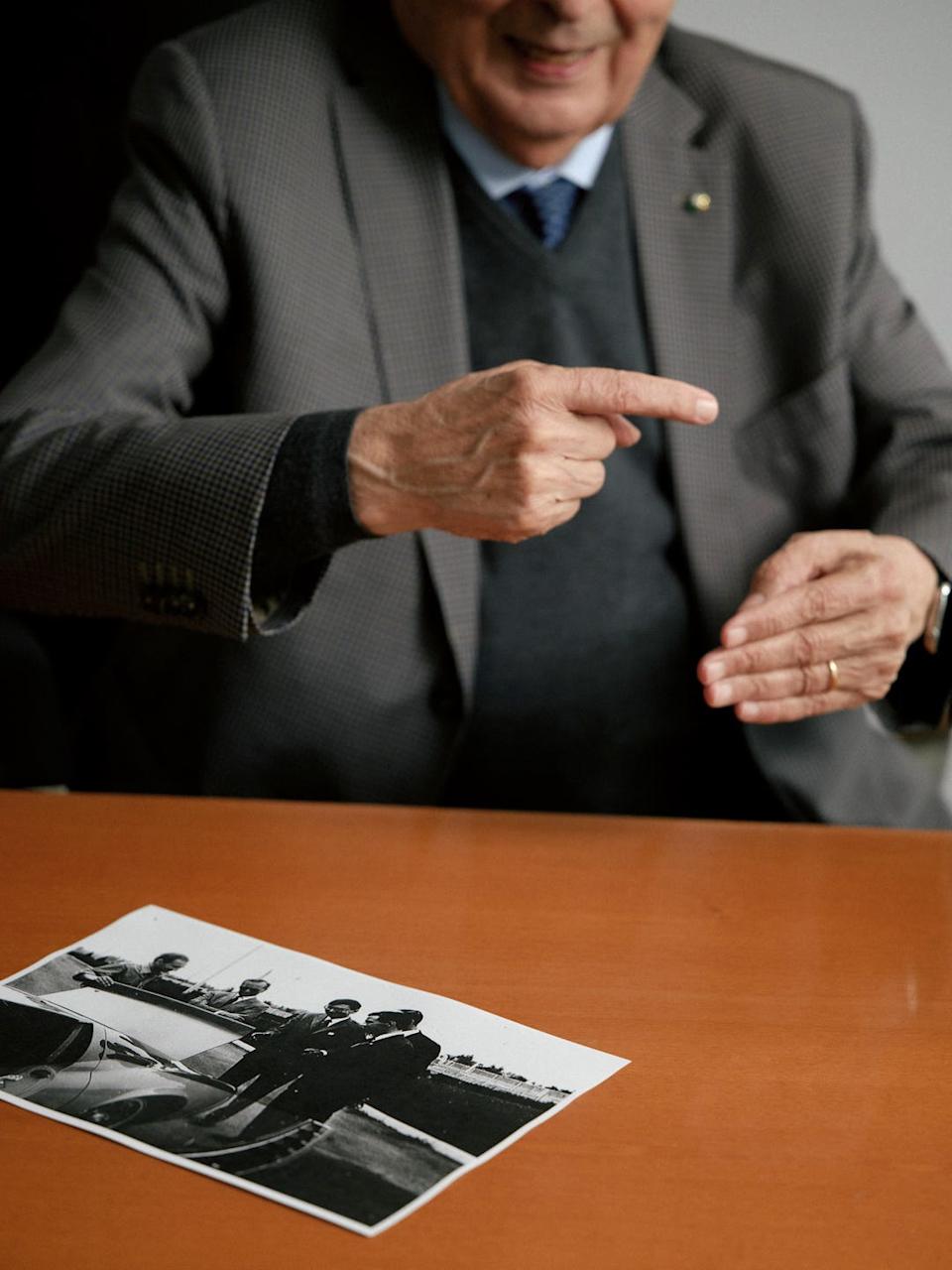
Lamborghini’s newly minted technical director was just 27 years old but also one of the company’s most experienced employees.
“We were starting really from zero,” he says. “Every day there was a new lesson. The only experienced people there were in the production area, as they had come from the tractor factory.”
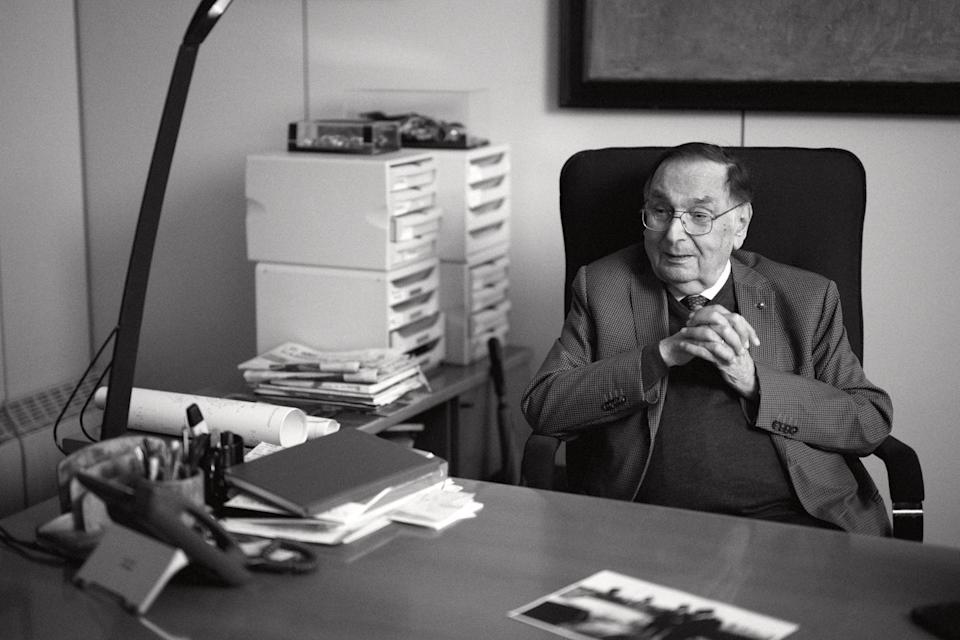
Work was under way on the 350 GT, Lamborghini’s first production car. Aside from its quad-cam V-12 designed by Giotto Bizzarrini and independent rear suspension, innovations Ferrari didn’t have, the 350 GT followed Ferrari’s road-car configuration. To become famous in its own right, Lamborghini needed to do something much more radical. The Miura, the world’s first mid-engine supercar, was definitely that.
“When I said what we wanted to make, [Ferruccio] said he was believing we could do it,” Dallara says. “But if I knew what I know today, I would say no, I was not able. That was the difference—I did not know how much I still needed to learn.”
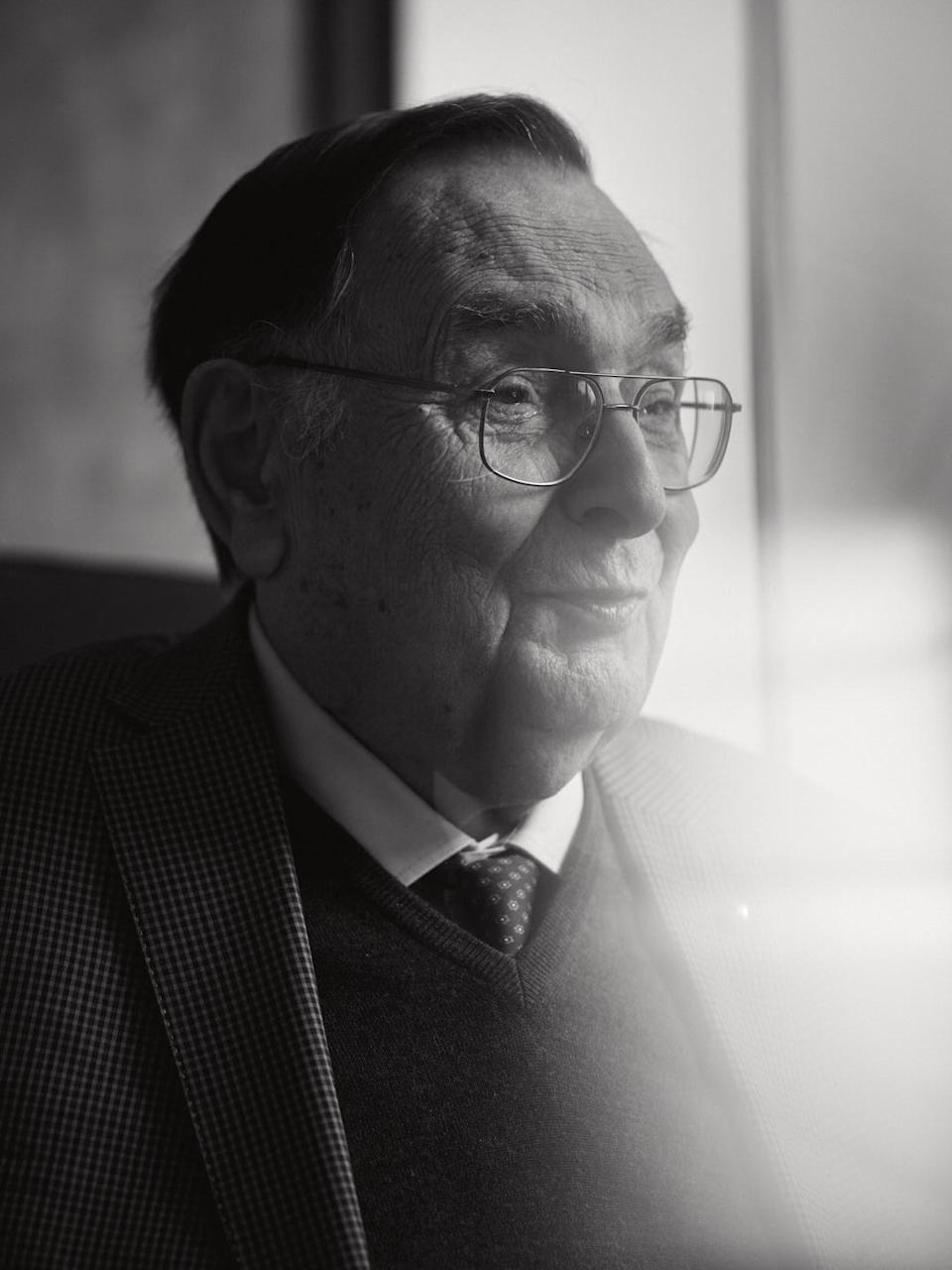
The idea of a mid-engine road car was not revolutionary. Matra and Porsche had already done it, albeit in tiny numbers, with the Djet and 904, and the Lola Mk6 that would form the basis for the Ford GT40 was already racing. The problem was combining this layout with a sizable V-12 necessary to bring Ferrari-beating performance.
“The car could not be too long, and the distance between the axles no more than 2.5 meters [98 inches], something like that,” Dallara says. “But with the 12-cylinder engine, there was not the space if you put it at the back and the gearbox behind it.”
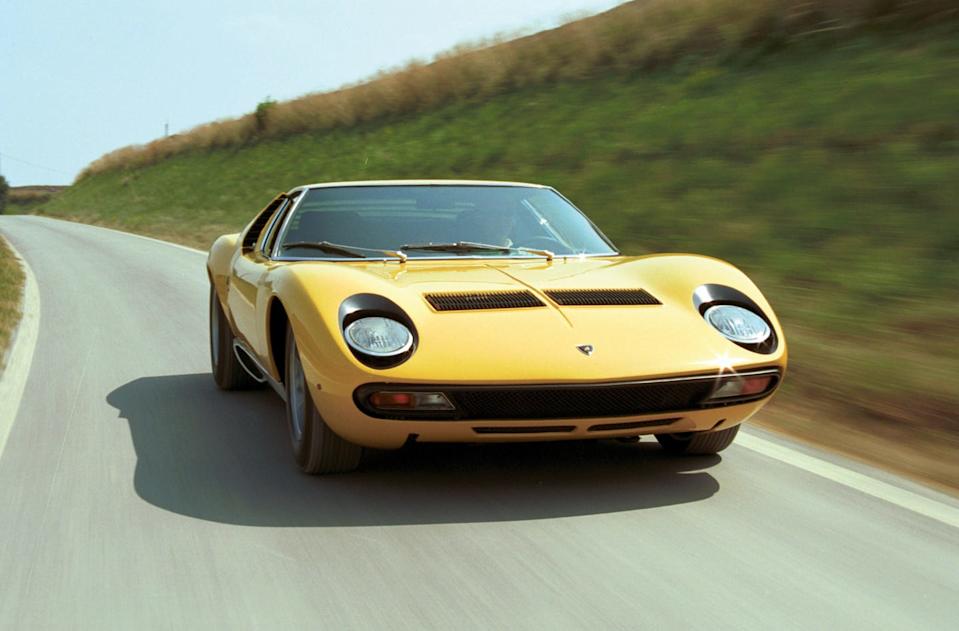
The solution came from the other end of the market—the transverse layout and end-on gearbox of the Austin/Morris Mini, the baby British car. “I hope at Lamborghini there is still a sketch of the car with the powerplant of the Mini at the back,” Dallara says. “That is exactly what we did.”
The Miura’s rolling chassis was designed first, causing a sensation when it was first shown at the 1965 Turin auto show. But it still needed suitably impressive bodywork. “I believe that Lamborghini probably wanted Pininfarina to do it, but of course they would not because they did so much for Ferrari. So Bertone was the best choice,” Dallara remembers.
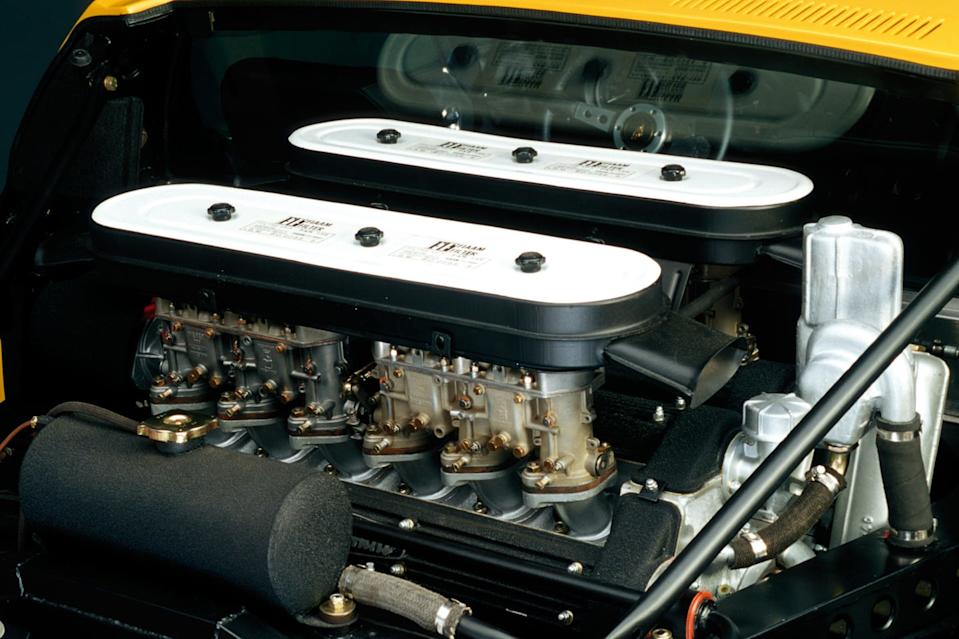
The assignment was given to another wunderkind, 27-year-old Marcello Gandini, who created a jaw-on-the-floor proposal in just three months. Dallara was one of the first people to see it.
“During the winter holiday, the company was closed for one week, but I was still working,” he says. “One day there was just me and Ferruccio Lamborghini in the office, and [Nuccio] Bertone came to show us the concept. The moment we saw it, we said, ‘Don’t touch anything. Just do it.’ There was no discussion, no list of changes, just ‘Do it.’” A single prototype was built, and the car was on sale less than a year later.
The Miura’s rushed development created issues. Using same-size tires front and rear created what Dallara admits was a “tendency to strong oversteer.” The decision was made because the car could carry only one spare, and it was believed to be unsafe to have to fit a wrongly sized tire to an axle. The engine’s oil pickup was poorly positioned for high-g cornering, and the Miura tended to overheat. It turned out the radiator was sitting in a pocket of hot air the vents couldn’t clear.

Lamborghini never did go racing while Dallara was there. He left in 1969 to work on De Tomaso’s Formula 1 car and founded Dallara Automobili three years later, steadily growing the business into the world’s biggest maker of racing chassis. The company employs more than 800 people and produces everything from Formula 3 cars to IndyCar racers to LMDh hypercars, as well as the limited-volume Dallara Stradale road car.
Dallara himself only bought a Miura when he reached his 80th birthday. As he puts it, “I realized I should not delay for much longer.” His was a dilapidated gray car from Sweden, dispatched to Lamborghini’s Polo Storico factory restoration division for a full rebuild. Closer examination revealed that the car had originally been white and was first sold in Italy to a businessman in Parma—just 25 miles from Varano de’ Melegari, Dallara’s hometown and the location of the Dallara factory. It now sits in pride of place at the company’s neighboring museum, the Dallara Academy.
What did Dallara learn from this formative period? “Simple: that every day is a new lesson. If you believe what you know now is enough, then it is better that you stop.”
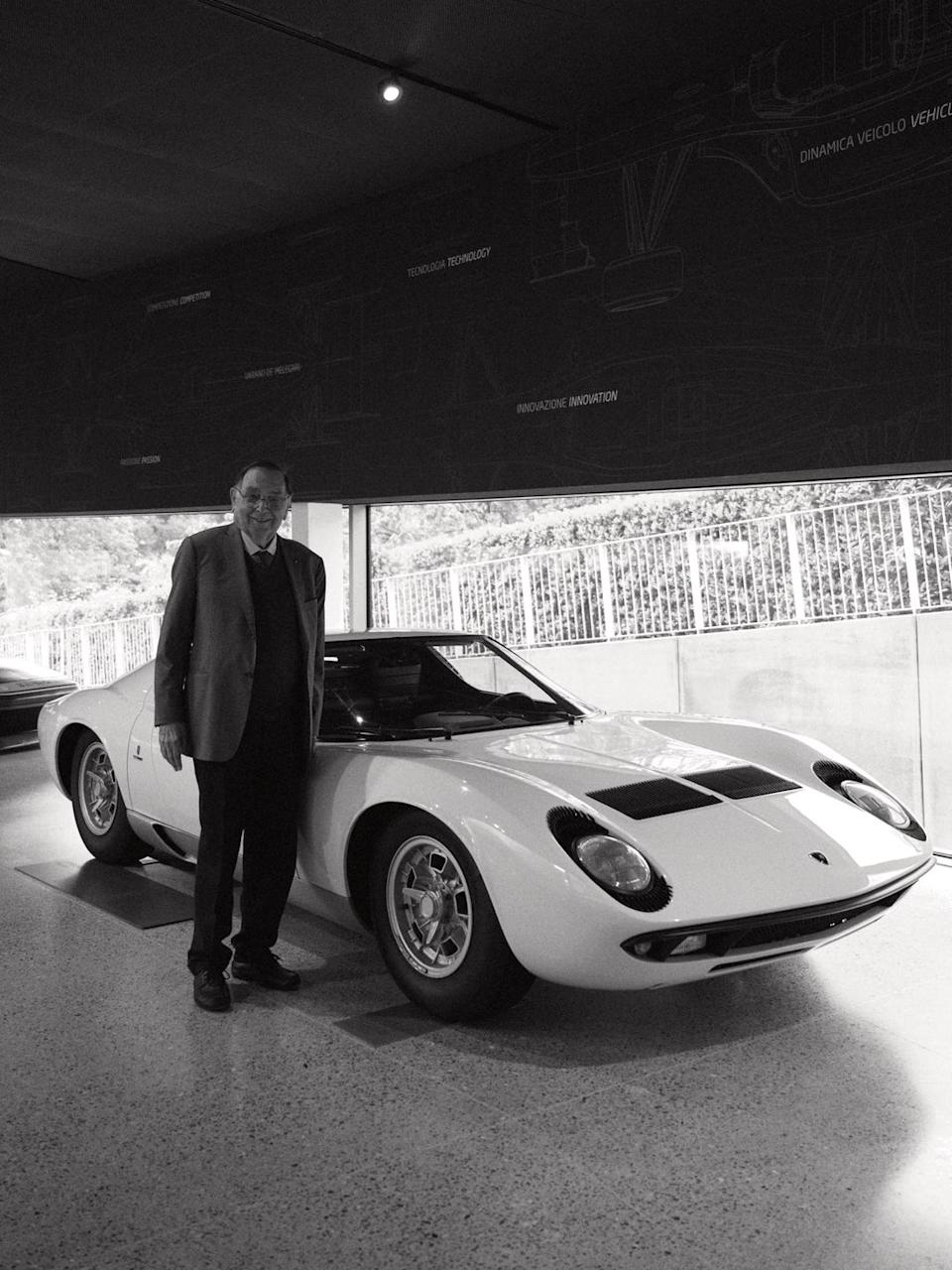

A car-lover’s community for ultimate access & unrivaled experiences.JOIN NOW Hearst Owned
You Might Also Like
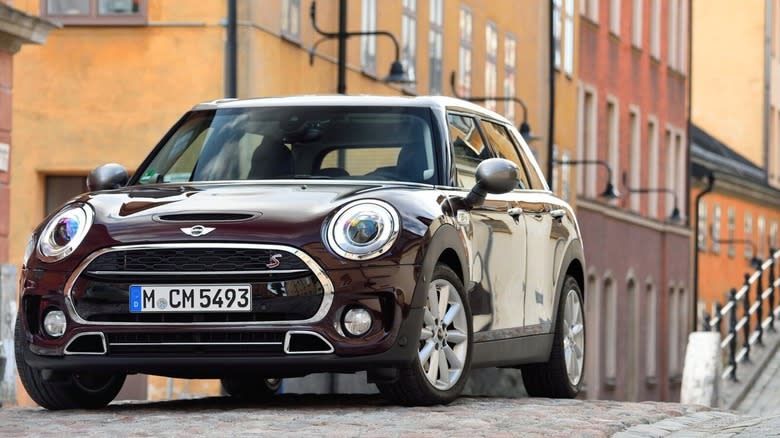

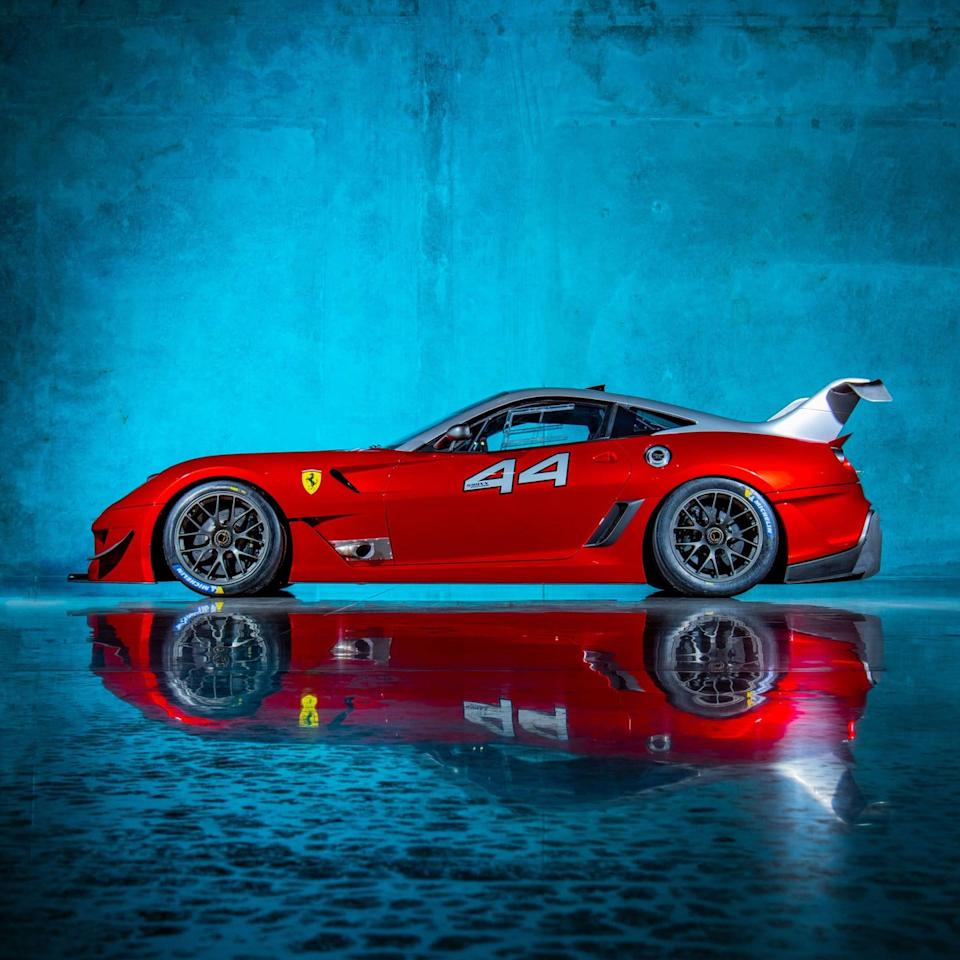
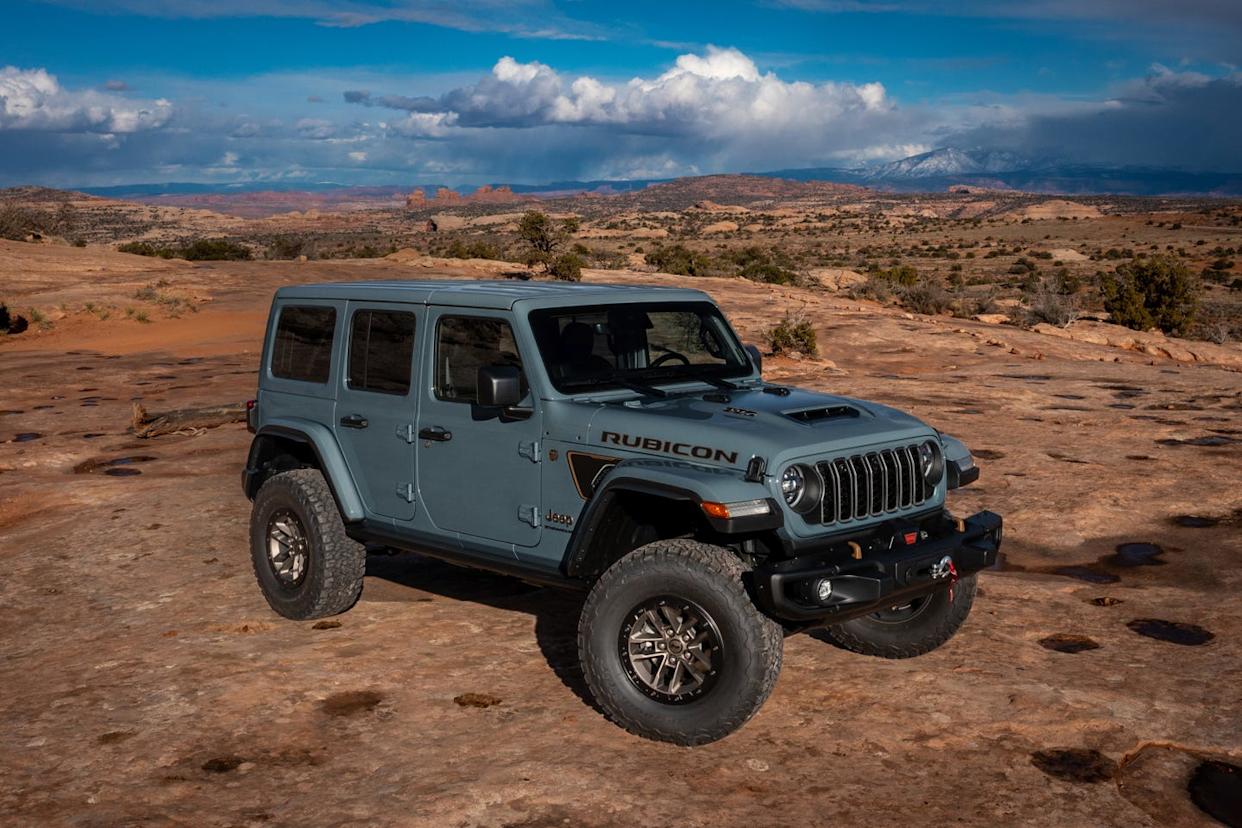
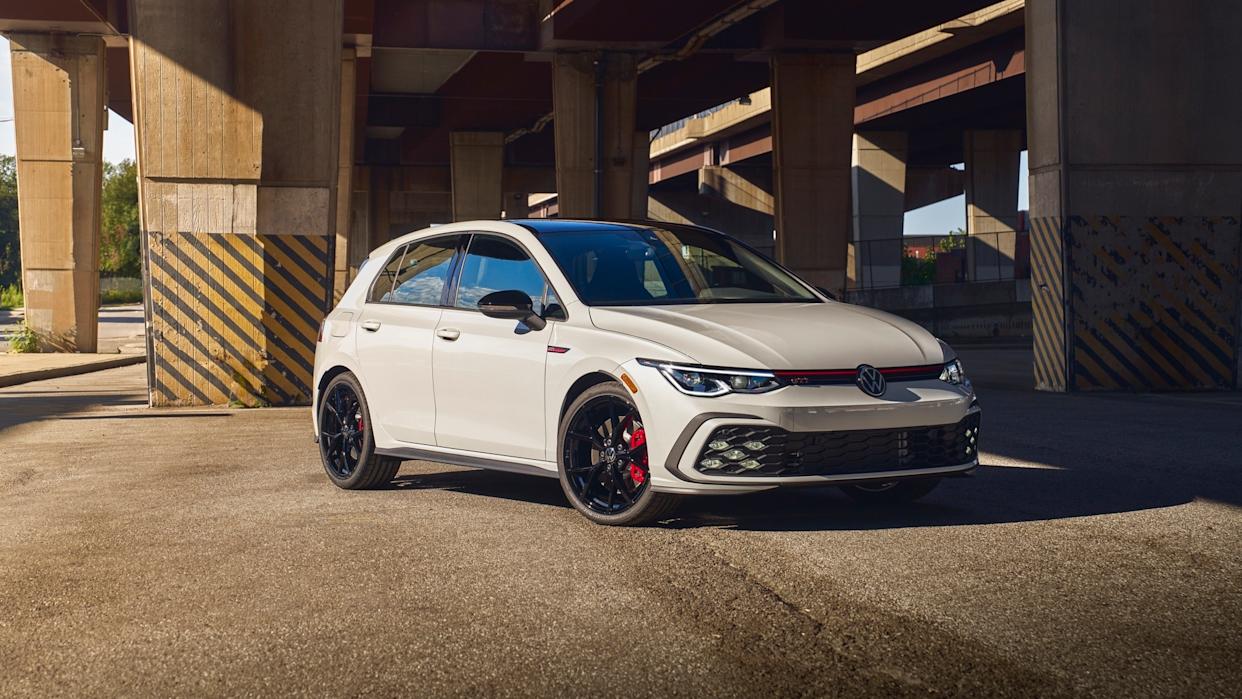

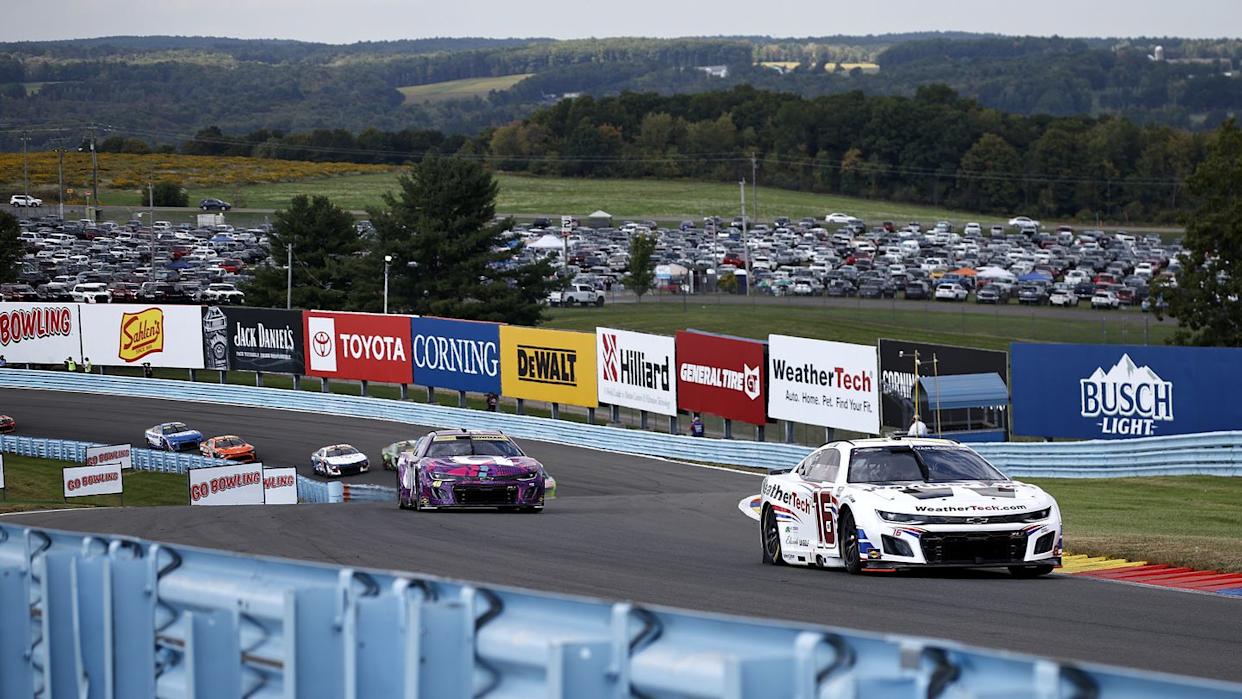
Comments